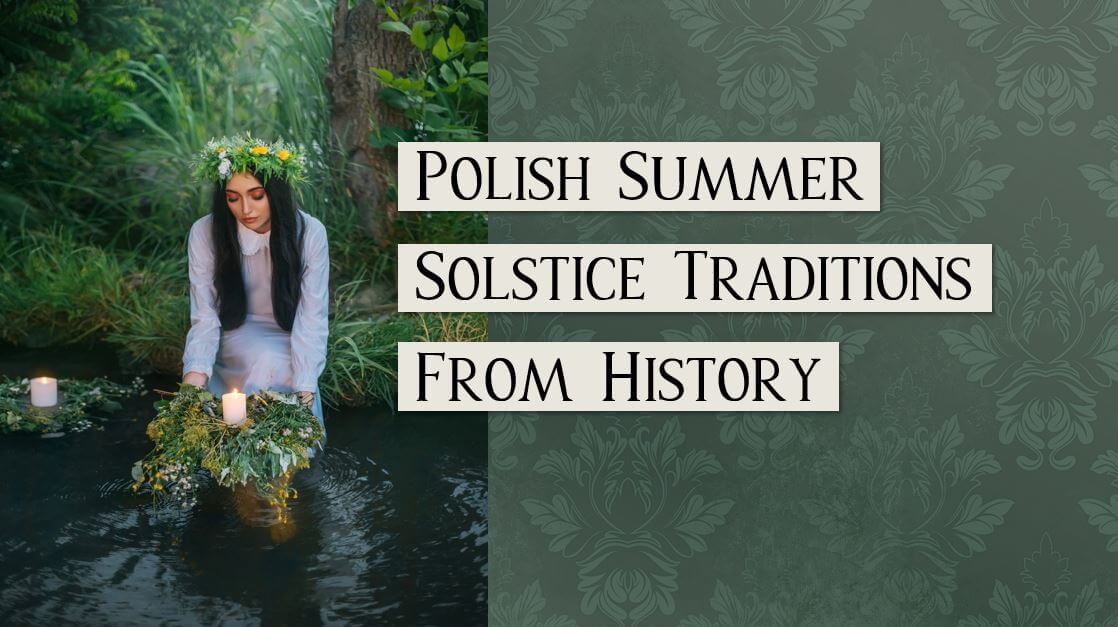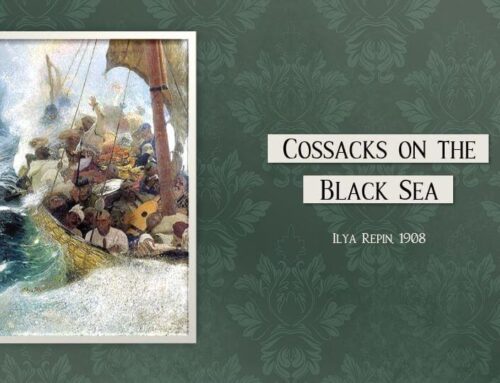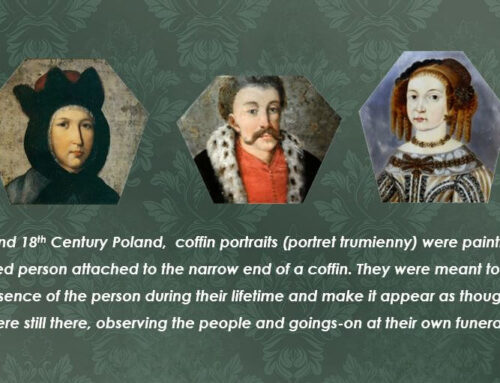Like in many Slavic countries, the tradition of celebrating the summer solstice in Poland predates the arrival of Christianity and endures today. Kulpanocka (kuhl-pah-note-ska), Sobótka (so-boot-kah), or Świętojańska (shvin-toe-yeng-ska) all refer to the summer solstice. It’s also known as the Eve of St. John, named by the Christians for St. John the Baptist, who was the patron saint of all customs having to do with water.
Ancients believed the summer solstice was a time when devils and witches roamed at will, and where homage needed to be paid to the pagan gods of water, fire, and flora. While Christianity curbed the traditional celebration (and practically wiped it out in western Poland), certain cults took it up in the form of the fire rite and the water rite.
In the water rite, maidens would craft wreaths of flowers and herbs, attach lighted candles to them, and cast them on the water. Tossing flowers on the water was said to please the water spirits, but the custom eventually shifted to one associated with marriage. The young women would sing to young men as their wreaths floated on the water, encouraging them to retrieve them. It wasn’t unusual for a maid to make her wreath distinctive so a certain boy could identify and snatch it for himself, and many marriage matches were made on this night.
The fire ritual began at the end of the day when people set huge bonfires ablaze in clearings or atop mountains and hills. Flames lit up the dusky night while people sang, danced, and read forturnes or told stories.
Herbs played a powerful part in these celebrations. The most notable was mugwort, which was believed to bring happiness and ward off evil spirits. It was later called St. John’s plant because St. John supposedly wore it for protection during his travels. Due to the association between the midsummer bonfires and the herb, the fires were known as mugwort fires.
As the evening wore on and the fires died down, people took to jumping over the flames … for a variety of reasons. One of those “jumps,” still popular today, was made by young, unmarried couples. They leapt hand-in-hand, and if their hands remained clasped together, marriage was supposedly in their near future.
Other reasons folks risked crisping up the soles of their feet? They believed that flax would grow to the height of their jump. It was also thought that anywhere the smoke from a mugwort fire spread would be protected against natural disasters like hail.
If you travel to Poland during the summer solstice, you will see many similarities between these ancient rituals and the celebrations of today. What a fun time! I do wonder, though, how many fire-jumpers haven woken the next morning with singed feet.









Leave A Comment